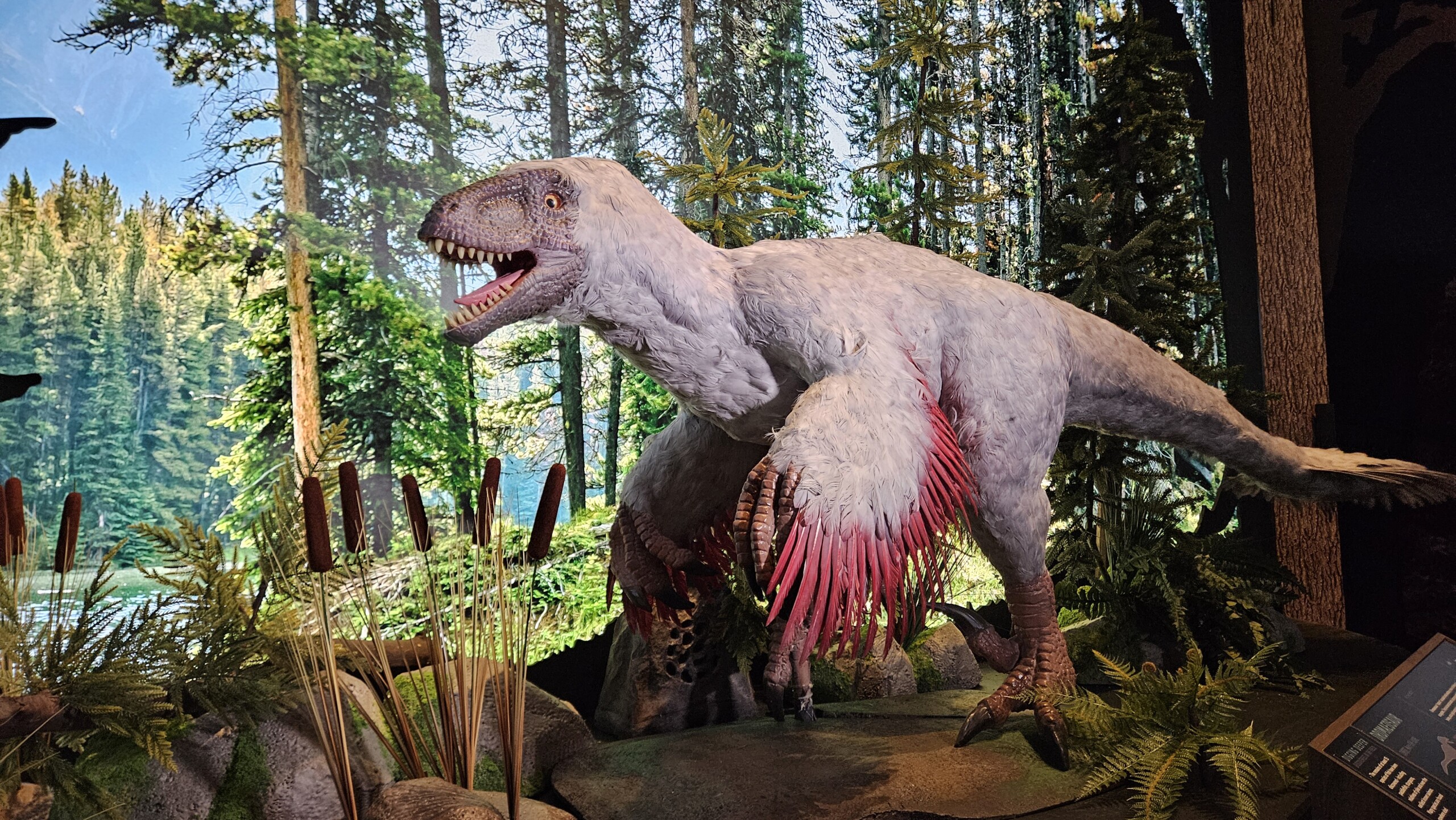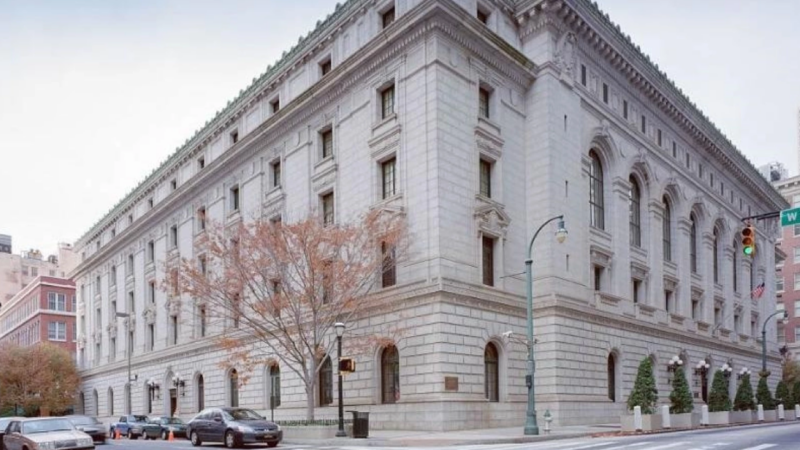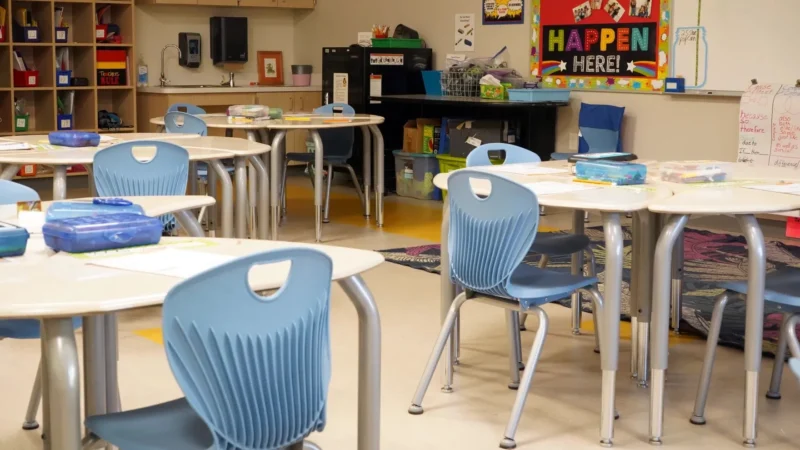Ice Dinosaurs: The Lost World of the Alaskan Arctic opens Saturday at the Museum of Science & History, and it promises to be unlike any dinosaur exhibit you’ve seen before.
MOSH is hosting the world premiere of Ice Dinosaurs before it travels to other museums, so attendees will be able to see the dinos before anyone else.
Dr. Anthony Mortimer, vice president of education and exhibits, says this is a trend at MOSH, “We get the best exhibits, and we get them first.”
The exhibit was created and produced by Imagine Exhibitions, and features 17 animatronics that depict 14 different species. It focuses on creatures that lived roughly 70 million years ago in an area called the Prince Creek Formation in what is now northeastern Alaska. The exhibit is divided up by seasons and follows a year in the life of a family of Troodons and the other creatures they would have interacted with.
Dr. Gregory Erickson of Florida State University is one of the two researchers who led the archaeological expedition to the Prince Creek Formation that brought the dinosaurs to light. Visitors who show up to opening day on Saturday will get to meet Erickson in person. He will give two lectures at 11:30 a.m. and 2 p.m., and he’ll be around throughout the day to chat with visitors and answer questions as they walk through.
These are not the dinosaurs we all know from Jurassic Park. In fact, part of the thought behind putting this show together was to correct the misconceptions about dinosaurs that have come from pop culture.
While most people tend to picture giant lizards, most of the creatures visitors will come across at this exhibit look a lot more like big chickens. Many are covered with feathers, and there’s even one with fur that resembles a cross between a T-Rex and a polar bear.

Of course, researchers uncovered only bones and teeth, not whole dinosaurs with feathers and all. Researchers and artists work with the data they can gather from looking at the bones and the surrounding environment to make educated guesses about what the dinosaurs would have looked like.
Alongside the dinosaurs, there are also bugs, fish and rodents — including a tiny creature commonly known as the “ice mouse” that was discovered just last year. There will even be actual fossils on display.
The exhibit will be open at MOSH from March 9 until Sept. 6. Tickets are available online.







